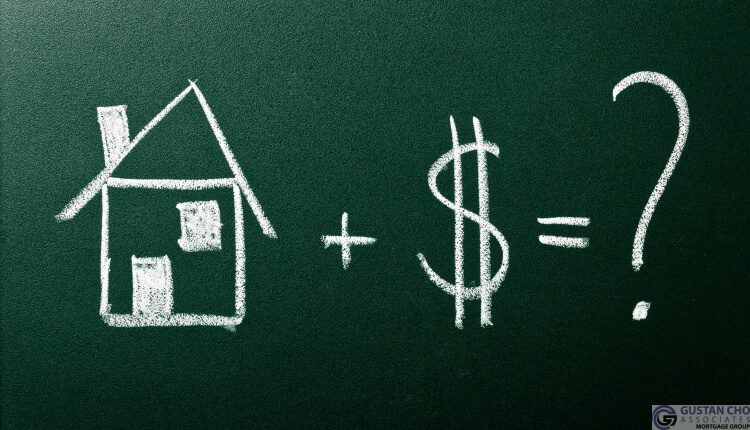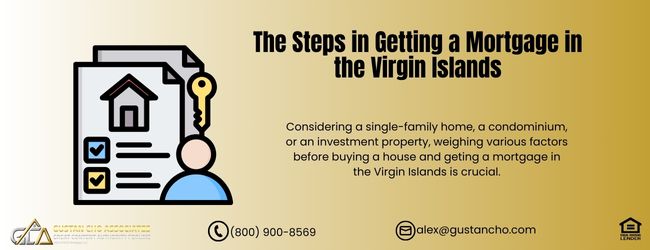What Is a Home Equity Line of Credit – HELOC: GCA FORUMS

This guide covers home equity line of credit and how HELOCs work. A home equity line of credit is commonly referred to as a HELOC. If you own a home and need extra cash for a big expense, such as home improvement, debt consolidation, or education, you may have considered using your home equity as a funding source. Home equity is the difference between the current value of your home and the amount you owe on your mortgage. You can access your home equity through a fixed home equity line of credit (HELOC). This blog post will explain what a fixed rate HELOC is, the requirements for getting one, how it works, its advantages and disadvantages, and how to apply for one.
What is a Home Equity Line of Credit
A fixed-rate HELOC is a type of HELOC that gives you the option to convert some or all of your balance to a fixed interest rate at any time during the draw period. The draw period is when you can access your credit line, usually ten years. Afterward, you enter the repayment period, when you cannot borrow from your credit line and have to pay back what you owe, usually over another 10 to 20 years.
Payment and Term of Home Equity Line of Credit
To convert your balance to a fixed rate, you must request it from your lender and agree to the terms and conditions they offer. Depending on the lender, you may have to pay a fee for each conversion or lock-in request. You may also have to meet certain minimum or maximum amounts for each conversion or lock-in request.
Once you convert your balance to a fixed rate, you must repay it in fixed monthly payments over a set term, usually five to 30 years. The term may be shorter or longer than the remaining term of your HELOC.
The fixed rate will apply only to the converted balance, not the entire credit line. Any remaining balance will still be subject to the variable rate. Depending on your needs and preferences, you can convert all or part of your balance to a fixed rate at once or over time. You can also convert your fixed-rate balance back to a variable rate at any time during the draw period if your lender allows it and if interest rates drop.
Need quick cash for an emergency?
A HELOC gives you financial peace of mind—apply today!
What Are the Requirements for a Home Equity Line of Credit
To qualify for a fixed-rate HELOC, you must meet some basic requirements. You must own a home and have enough equity in it. The equity you need depends on the lender and the loan-to-value (LTV) ratio they offer. The LTV ratio represents the proportion of your home’s value you can borrow. For example, if your home is worth $300,000 and the lender offers an 80% LTV ratio, you can borrow up to $240,000. You must have good credit and income. Your credit score and income will affect your eligibility and interest rate for a fixed-rate HELOC. You should have a credit score of at least 620 and enough income to cover your monthly payments and other debts. You must provide some documents and information. You must provide some documents and information to verify your identity, income, assets, liabilities, homeownership, and tax returns. The lender will also appraise your home’s value and equity.
How Does a Home Equity Line of Credit Work?
This section will cover how a home equity line of credit works. You apply for a HELOC online or in person with a lender who offers fixed-rate options. You provide the required information and documents and agree to use your home as collateral for the loan. The lender reviews your application and checks your credit score, report, and history. They also appraise your home’s value and equity. The lender of the home equity line of credit will determine how much they are willing to lend you and at what terms and conditions. Once the lender approves your application, he will give you a credit limit, a draw period, a repayment period, a variable interest rate, and a fixed interest rate option. You can access your credit line by writing checks, using a debit card, or transferring funds online.
How Much Can You Borrow With a Home Equity Line of Credit
You can borrow from your credit line as needed, up to your limit, and only pay interest on the amount you use. You can also convert some or all of your balance to a fixed interest rate at any time during the draw period by paying a fee and choosing a term. Dale Elenteny, a senior loan officer at GCA Forums Mortgage Group says the following about Home Equity Line of Credit and how it works:
You to repay the converted balance in fixed monthly payments over the chosen term. Afterward, you enter the repayment period, when you can’t borrow from your credit line and must pay back what you owe, plus interest.
If you have any remaining balance at a variable rate, your payments will fluctuate according to the market rate. If you have any remaining balance at a fixed rate, your payments will not change until you pay it off.
What Are the Pros of a Home Equity Line of Credit
A fixed-rate HELOC has several advantages and disadvantages that you should consider before applying for one. The pros of having a home equity line of credit are stability and predictability. You know exactly how much you must pay monthly for the converted balance. You don’t have to worry about interest rate changes affecting your payments or budget. Homeowners have flexibility and convenience. You can choose how much and when to convert your balance based on your needs and goals. With good credit and substantial home equity, a fixed-rate HELOC can provide more attractive interest rates than other loan options or credit cards. You may also be able to deduct the interest payments from your taxes if you use the funds for home improvement or other qualified purposes.
What Are The Negatives of Home Equity Line of Credit
Fees are one of the negative factors of a home equity line of credit. HELOCs may come with various fees that add up over time, such as origination, annual, conversion, prepayment, and late payment fees. You should check with your lender and compare different offers to determine how much they charge.
A fixed-rate HELOC is secured by your home, which means that if you miss payments, the lender can foreclose your property. You should only borrow what you can afford to pay back and avoid using your home equity for frivolous or risky purposes.
A fixed-rate HELOC may reduce your available credit line as you convert your balance to a fixed rate. This may limit your borrowing power and flexibility in the future. You should only convert what you need and leave some room for emergencies or unexpected expenses.
Home Equity Line of Credit Versus Other Loan Options
A fixed-rate HELOC enables you to secure a portion or balance at a fixed interest rate for a set duration. This option provides stability, predictability, flexibility, and convenience, along with lower interest rates than other loans or credit cards. However, it can also come with fees, charges, risk of foreclosure, and reduced credit line. Therefore, you should weigh the pros and cons of a fixed-rate HELOC and compare it with other options before applying for one.
Need flexible financing? A HELOC gives you access to funds when you need them
Apply Online And Get recommendations From Loan Experts






Responses